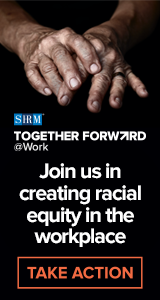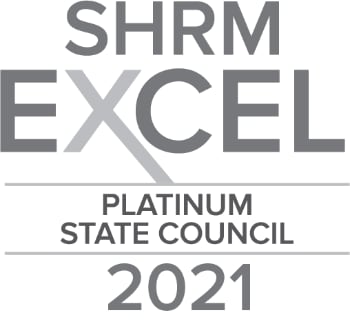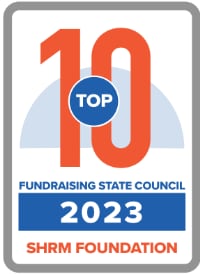Workplace bias can be a challenging, yet critical subject. How can you discuss the implications of discrimination based on race, sexual orientation, gender or religion in a productive way? How can you have healthy conversations about these subjects without upsetting or offending others? As HR professionals, how can we lead by example?
These are all valid concerns! Talking about issues like racial bias may feel awkward at first, but starting the conversation is an important first step to take in eliminating these biases from our workplace. Everyone deserves equal treatment, and it’s up to all of us to take the necessary steps to get there.
To get you started, here are some tips on how to have those crucial conversations about workplace bias.
1. Amplify minority voices.
When discussing bias in the workplace, the most important voices in the room will be those on the receiving end of the discrimination. Their experiences are unique and varied, and their perspective will provide a valuable starting point to examining your own workplace. It can be easy to let leadership or the loudest voice in the room take over, but make sure that all employees have a seat at the table — especially those who are typically ignored, spoken over or not taken seriously.
2. Listen to understand, not to respond.
Come to terms with the fact that you may become aware of your own implicit biases. You may feel called out and be quick to get defensive or play “devil’s advocate.” That’s why it’s important to listen to understand. When we listen to respond, we don’t take the time to consciously process what others are saying or consider their point of view.
Fight the urge to blurt out a rebuttal or counterpoint when others say things you don’t agree with. Remember that everyone’s feelings are valid, and others’ experiences may be different than your own. By listening to understand, and then responding thoughtfully, you’ll have much more productive conversations based in empathy.
3. Ask the hard questions.
Progress often comes from discomfort. Get comfortable with being uncomfortable, and start asking the questions you may be afraid to ask or that you have some hesitancy around the responses or reactions to. Ask your coworkers if your actions or words have ever made them feel uncomfortable. Hold leadership accountable and push for diverse representation in the executive suite and throughout your organization. Examine policies and procedures for any instances of discrimination, unintentional or otherwise. It won’t be easy, but it will be worth it.
4. Challenge your own perspective.
If you’ve spent your entire life benefiting from privilege, you might not even be aware of the discrimination that others face in the workplace. Even more, you may not realize your own contributions to a biased workplace. It can be hard to come to terms with your own actions, as it’s natural to view the world how you experience it.
To start to understand and combat bias, focus on listening to others’ experiences and putting yourself in their shoes. That can be as simple as a conversation over lunch, or as large-scale as organizing a company-wide workshop focused on inclusion in the workplace.
“I have learned socially and professionally that perspective is not about who is right or wrong. Having these uncomfortable conversations, even when you are unsure of what to say, starts the path to moving beyond empathy to true peace and goodwill in our workplace.”
– Tamiko Kendrick, HR Indiana SHRM Director of Diversity and Inclusion
Everyone has the right to equal opportunity in employment, free from discrimination, prejudice and bias. It’s well past time to take it beyond surface-level buzzwords and mission statements. Conversations about workplace bias need to be had in order to start making systemic change and serious progress toward true equality. HR professionals can lead by example to change lives and communities.
Get the resources you need to overcome workplace bias.
Learn more about discussing race and religion at work.






